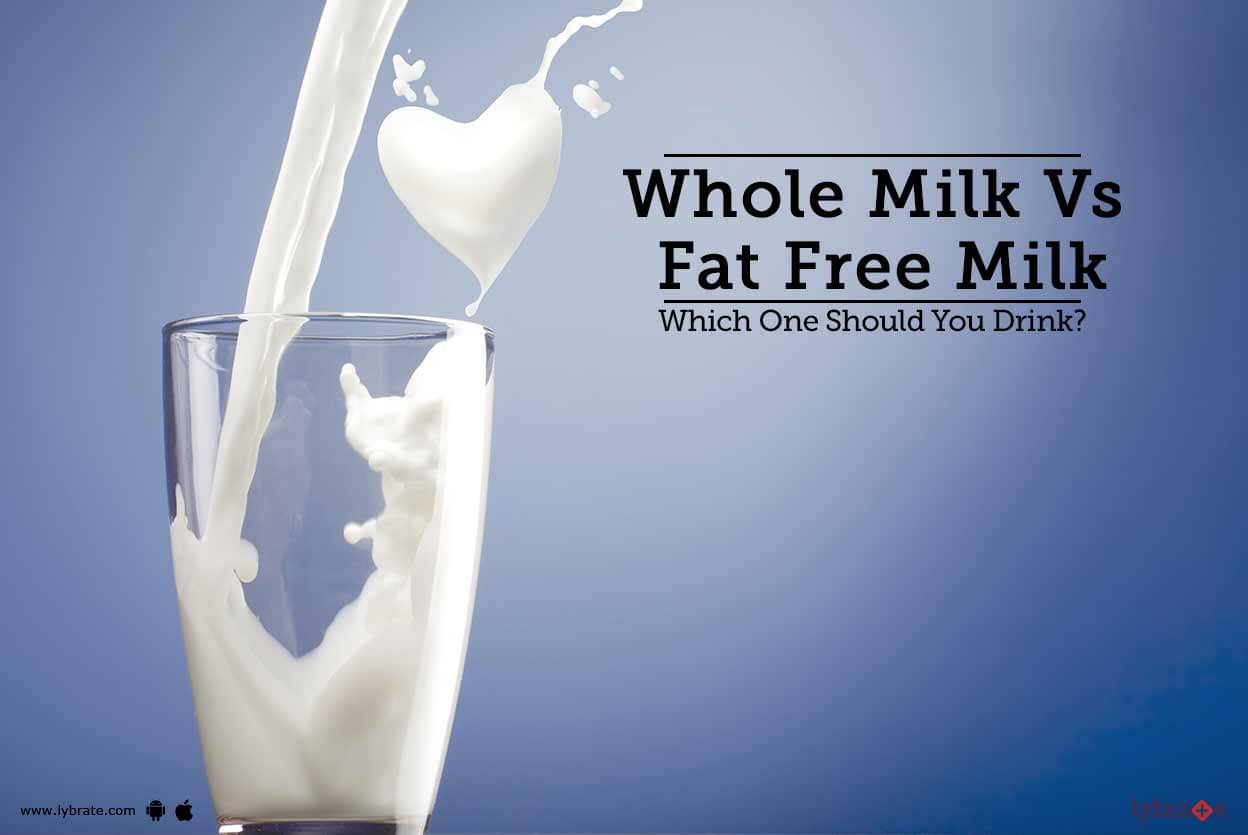


Processing techniques remove fat to produce lower fat varieties: “reduced fat” contains 2% milkfat, “lowfat” contains 1% milkfat, and “nonfat” or “skim” has virtually no milkfat. The remaining 13% contains protein, fat, carbohydrates, vitamins, and minerals. Whole cow’s milk contains about 87% water. This section will focus on dairy milk from cows, and briefly discuss non-dairy plant milk alternatives. Although dairy milk may come from any mammal, cows, goats, buffalo, and sheep are common producers. Dairy milk may be introduced at later ages if tolerated well. Breast milk is the preferred food for infants, as it is well-tolerated while their digestive tracts develop and mature. Thus, these are perfect for everyday use and are considered a complete dietary source to live a healthy life.Milk is the liquid produced by the mammary glands of mammals, including humans. It helps in maintaining weight, as well as controls cholesterol levels. The health benefits of the two make them perfect for chider, adults, and people with various health conditions. The only difference that a consumer experience is in the texture of the milk. There is not any prominent factor that differentiates the two of these milk powders. These powders are usually referred to as the same term used for whole milk in the powdered form. It is being used in cooking, baking, and beverages as well to improve consistency and enhance the taste. The ratio of protein and fat present in it makes it perfect for everyday use. One cup of milk powder contains 8 grams of protein and fat present in it. It contains a minimum of 26% and a maximum of 28% fat, while the protein percentage is nearly 24%.Ģ50 ml powdered milk contains an average of 16 grams of protein. Milk powders contain the ideal amount of protein and fat, which makes them a perfect dietary source for good health. Fat and Protein Percentage in Milk Powders So, consuming a glass daily is an ideal source of all these natural nutrients for the body.

Difference between whole milk and 2 percent full#
One glass of full cream milk powder has 8 grams of protein, 149 calories, and 8 grams of fat.

The nutrients present in full cream milk and whole milk powder are:Īll these nutrients available in t powder hold the right percentage and prove to be highly beneficial for health. Similarly, these powders also contain the right amount of healthy nutrients to provide complete health benefits to the consumers. The amount of nutrients present in dry milk plays a vital role to provide pepper nourishment to the body. The processing of milk powder is designed in a way that preserves the natural nutrients present in the milk. So, the full cream milk and whole milk powder offer the same nutritional value and can be used for the same purpose.įull cream milk powder is rich in fat and cream, whereas whole milk powder is more creamy and has higher nutritional value. The main purpose to transform milk into powdered form is to make it more shelf-stable by restoring the natural nutrients in it. Full cream milk powder offers the same health benefits as whole milk powder because it is a manufactured product of whole milk but in dried form. Both milk powders offer the same nutritional value and functionality. No, there is not any prominent difference between full cream and whole milk powder. Is there any difference between Full Cream and Whole Milk Powders? It is then spray-dried to get the fine powdered consistency the final product has the same fat content.īoth full cream and whole milk powder fulfill the various requirement of milk in everyday use in households, and the food industry. On the other hand, full cream milk powder is obtained by removing moisture from fresh cow’s milk through vacuum evaporation. Whole milk powder is made by removing water from milk, it has a creamy consistency, and has a rich nutrient concentration. The difference can be seen in the processing method of each and how both the milk powders are obtained. It is quite true to an extent and both the milk powders are similar with almost the same properties. Full cream milk powder and whole milk powder are the two terms used interchangeably most of the time, as it is considered that there is no big difference between the two.


 0 kommentar(er)
0 kommentar(er)
